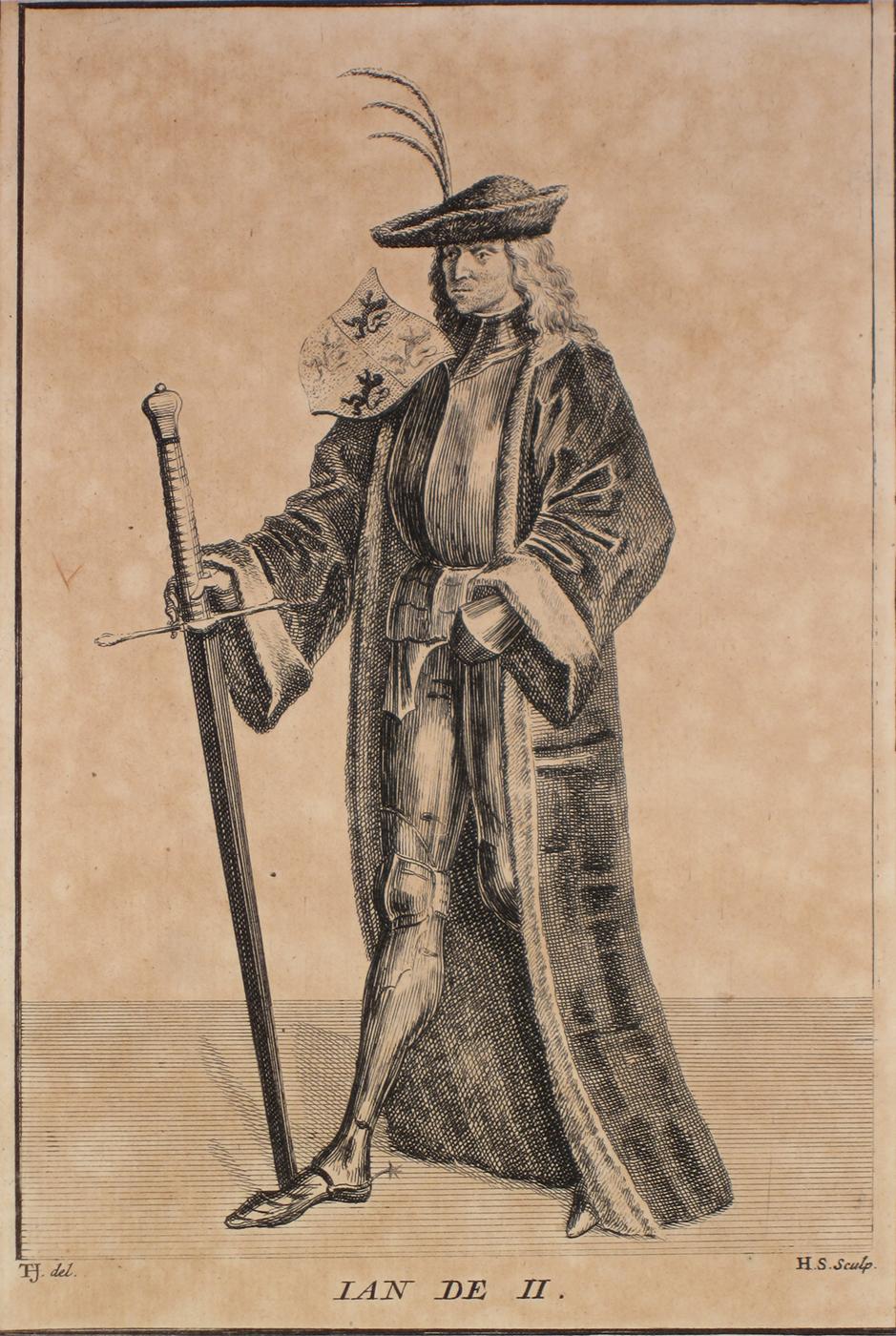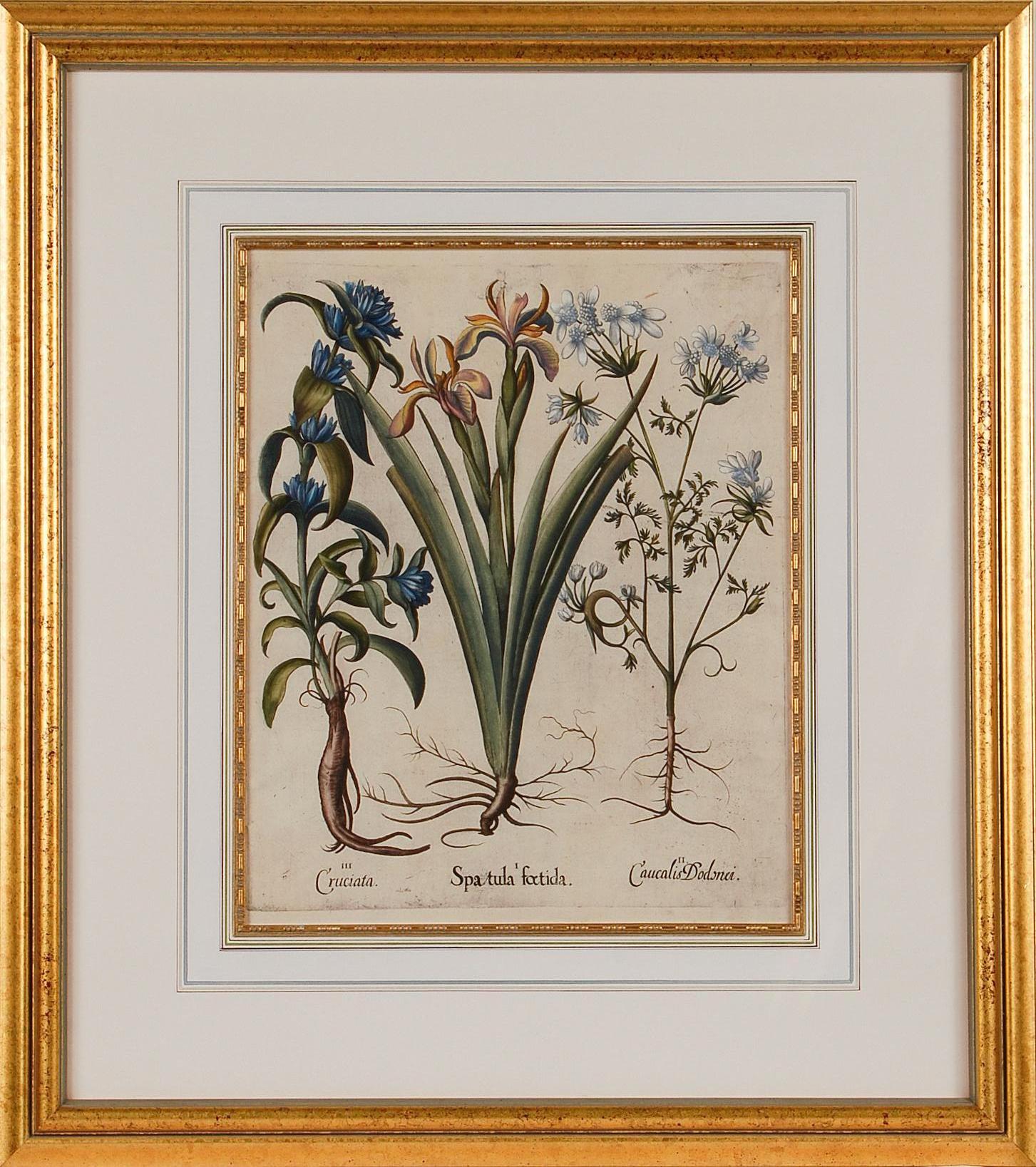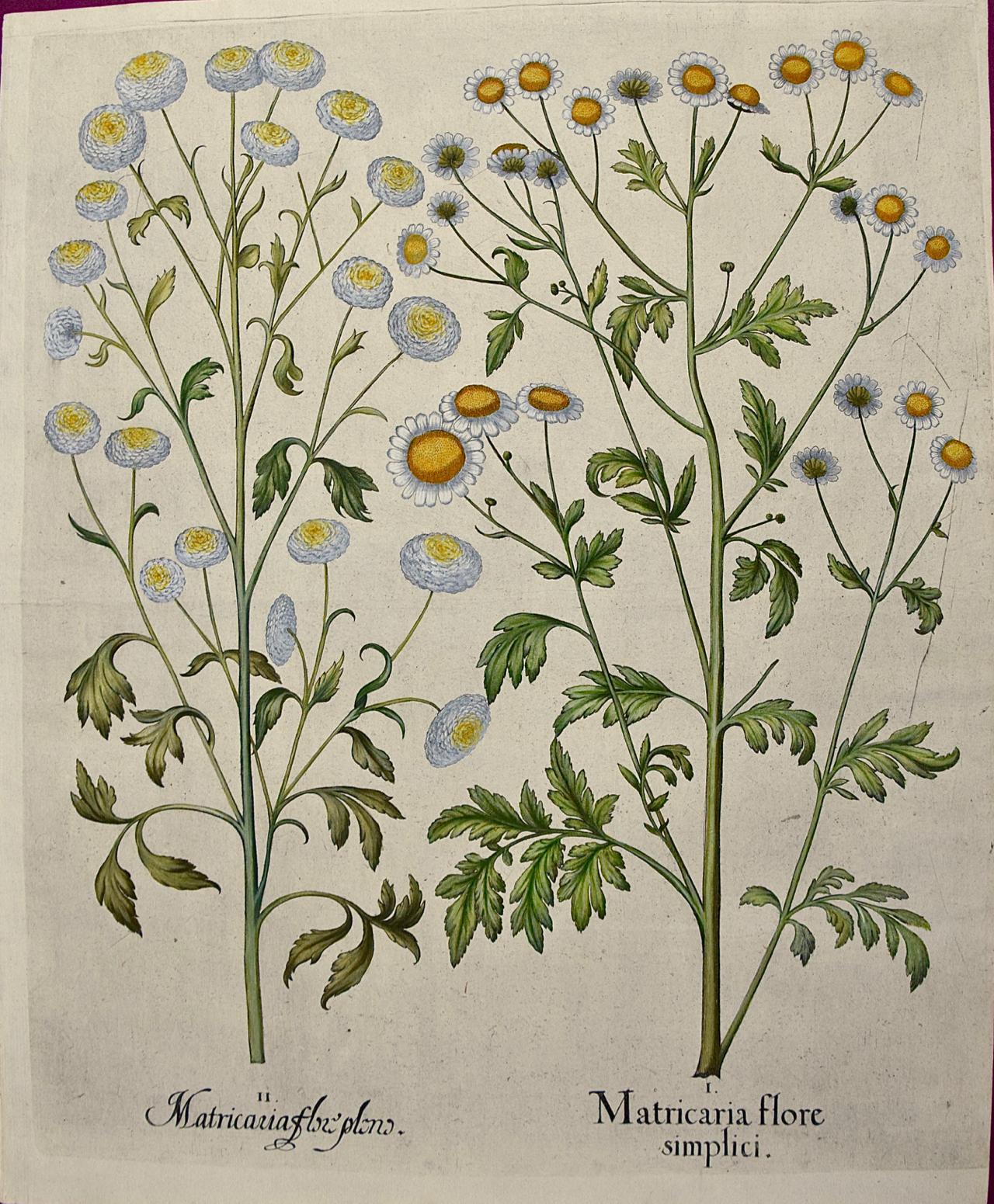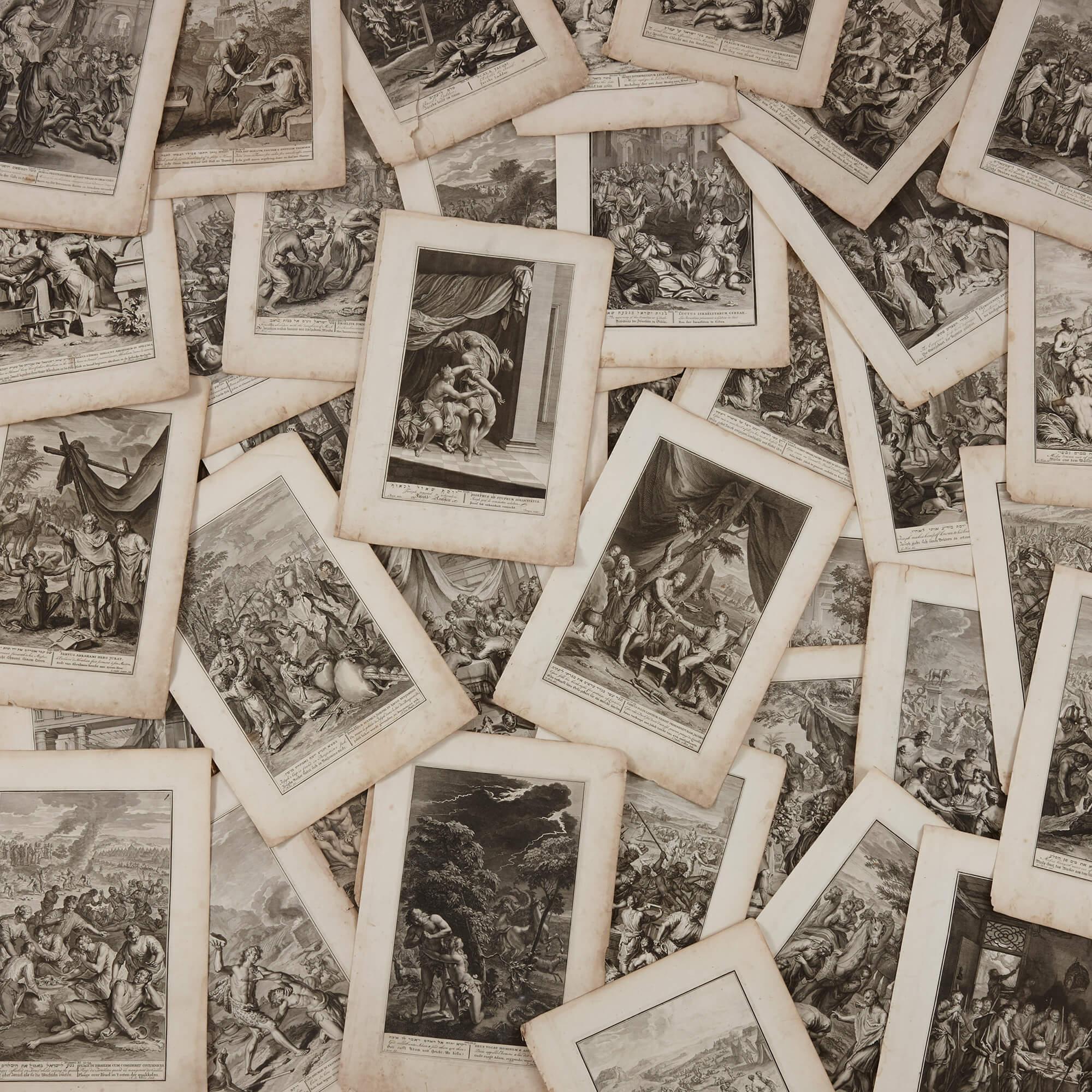Items Similar to "SEESAW--Gloucester, Massachusetts, " Wood Engraving signed after Winslow Hommer
Want more images or videos?
Request additional images or videos from the seller
1 of 10
"SEESAW--Gloucester, Massachusetts, " Wood Engraving signed after Winslow Hommer1874
1874
About the Item
"SEESAW--Gloucester, Massachusetts" is an original wood engraving after Winslow Homer. The artist initialed the piece in the lower right. This print depicts six children on a seesaw and three young girls sitting in front of them.
9" x 13 11/16" art
18 1/2" x 23 1/8" frame
Framed to conservation standards using archival materials including 100 percent rag matting, museum glass, and housed in a toned silver gilt moulding
Winslow Homer (February 24, 1836 -September 29, 1910) was an American landscape painter and printmaker, best known for his marine subjects. He is considered one of the foremost painters in 19th-century America and a preeminent figure in American art.
Largely self-taught, Homer began his career working as a commercial illustrator. He subsequently took up oil painting and produced major studio works characterized by the weight and density he exploited from the medium. He also worked extensively in watercolor, creating a fluid and prolific oeuvre, primarily chronicling his working vacations.
Homer's career as an illustrator lasted nearly twenty years. He contributed illustrations of Boston life and rural New England life to magazines such as Ballou's Pictorial and Harper's Weekly at a time when the market for illustrations was growing rapidly and fads and fashions were changing quickly. His early works, mostly commercial engravings of urban and country social scenes, are characterized by clean outlines, simplified forms, dramatic contrast of light and dark, and lively figure groupings - qualities that remained important throughout his career. His quick success was mostly due to this strong understanding of graphic design and also to the adaptability of his designs to wood engraving.
- Creation Year:1874
- Dimensions:Height: 18.5 in (46.99 cm)Width: 23.125 in (58.74 cm)
- Medium:
- Movement & Style:
- After:Winslow Homer (1836 - 1910, American)
- Period:
- Condition:
- Gallery Location:Milwaukee, WI
- Reference Number:
About the Seller
4.9
Platinum Seller
These expertly vetted sellers are 1stDibs' most experienced sellers and are rated highest by our customers.
Established in 1966
1stDibs seller since 2017
391 sales on 1stDibs
Typical response time: 1 hour
- ShippingRetrieving quote...Ships From: Milwaukee, WI
- Return PolicyA return for this item may be initiated within 14 days of delivery.
More From This SellerView All
- "Le Petit Cirque Prinder, " Original Etching signd by Auguste BrouetBy Auguste BrouetLocated in Milwaukee, WI"Le Petit Cirque Prinder" is an original etching by Auguste Brouet. This piece depicts a variety of circus performers surrounded by small children. The artist signed the piece in the...Category
1910s Academic Figurative Prints
MaterialsEtching, Pencil
- "Cormar Attacking a Spirit on the Waters, " Neo-classical Etching by A. RuncimanBy Alexander RuncimanLocated in Milwaukee, WI"Cormar Attacking a Spirit on the Waters" is an etching by eighteenth-century Scottish artist Alexander Runciman, signed on the lower edge of the etching, "ARunciman inv. & fecit," i...Category
1770s Academic Figurative Prints
MaterialsEtching, Paper, Ink
- "The Temptation of Saint Anthony " Etching, SignedBy Fernand CormonLocated in Milwaukee, WI"The Temptation of Saint Anthony" is an original etching by Fernand Cormon. This piece has the artist's stamp. The piece is signed in pencil by the artis...Category
1890s Academic Figurative Prints
MaterialsEtching, Paper, Ink, Laid Paper
- "VALMY! (L'Estampe Moderne), " Print after Drawing by Adolphe WilletteBy Adolphe WilletteLocated in Milwaukee, WI"VALMY! (L'Estampe Moderne)" is a print watermarked PL BAS after a drawing by Adolphe Willette. It depicts a general with his army and a young girl. 15 3/4" x 12" art 23" x 19 1/4" frame Adolphe Léon Willette (30 July 1857 – 4 February 1926) was a French painter, illustrator, caricaturist, and lithographer, as well as an architect of the famous Moulin Rouge cabaret. Willette ran as an "anti-semitic" candidate in the 9th arrondisement of Paris for the September 1889 legislative elections. Biography Willette was born in Châlons-sur-Marne. He studied for four years at the École des Beaux-Arts under Cabanel, training which gave him a unique position among the graphic humorists of France. Whether comedy or tragedy, dainty triviality or political satire, his work is instinct with the profound sincerity of the artist. He set Pierrot upon a lofty pedestal among the imaginary heroes of France, and established Mimi Pinson, frail, lovable, and essentially good-hearted, in the affections of the nation. Willette is at once the modern Watteau of the pencil, and the exponent of sentiments that move the more emotional section of the public. Always a poet, and usually gay, fresh, and delicate, in his presentation of idylls exquisitely dainty and characteristically Gallic, illustrating the more "charming" side of love, often pure and sometimes extremely materialistic. Willette frequently reveals himself bitter and fierce, even ferocious, in his hatreds, being a violent though at the same time a generous partisan of political ideas, furiously compassionate with love and pity for the people whether they be ground down under the heel of political oppression, or are merely the victims ot unrequited love, suffering all the pangs of graceful anguish that are born of scornful treatment. There is charm even in his thrilling apotheosis of the guillotine, and in the introduction into his caricatures of the figure of Death itself. The artist was a prolific contributor to the French illustrated press under the pseudonyms "Cemoi", "Pierrot", "Louison", "Bebe", and "Nox", but more often under his own name. He illustrated Melandri's Les Pierrots and Les Giboulles d'avril, Le Courrier français, and published his own Pauvre Pierrot and other works, in which he tells his stories in scenes in the manner of Busch. He decorated several "brasseries artistiques" with wall-paintings, stained glass, &c., notably Le Chat noir and La Palette d'or, and he painted the highly imaginative ceiling for La Cigale...Category
1890s Academic Figurative Prints
MaterialsBlack and White
- "Marriage of St. Margaret and King Malcolm, " Original Etching by A. RuncimanBy Alexander RuncimanLocated in Milwaukee, WI"The Marriage of Saint Margaret and King Malcolm" is an etching by Scottish artist Alexander Runciman. There is an engraved signature with the artist's monogram followed by "pinxit et fecit," indicating that Runciman both designed the original drawing and likely executed the etching on the metal plate. On the left, a young woman with a halo in fine dress stoops slightly and gathers her skirts as she leans over to accept the ring that the man on the right is reaching to place upon her finger. He is also young, dressed finely, and wearing a crown. Between them, a church official with a pointed hat and a long flowing beard recites the appropriate prayers for the occasion, while onlookers crowd in the background. The tiled floor demonstrates the use of one-point perspective, and the church appears to be in the Gothic style. Art size: 8 3/4" x 7 1/4" Frame size: 26 1/2" x 22 3/8" Alexander Runciman (Edinburgh 15 August 1736 – 4 October 1785 Edinburgh) was a Scottish painter of historical and mythological subjects. He was the elder brother of John Runciman, also a painter. He was born in Edinburgh, and studied at the Foulis Academy, Glasgow, and from 1750 to 1762 he was apprenticed to the landscape painter Robert Norie, later becoming a partner in the Norie family firm. He also worked as a stage painter for the Theatre Royal in Edinburgh. In 1767, he went to Rome, where he spent five years. His brother John accompanied him, but died in Naples in the winter of 1768–69. During Runciman's stay in Italy he became acquainted with other artists such as Henry Fuseli and the sculptor Johan Tobias Sergel...Category
1770s Academic Figurative Prints
MaterialsEtching
- "Le Portrait Termine, " Original Drypoint signed by Claude WeisbuchBy Claude WeisbuchLocated in Milwaukee, WI"Le Portrait Termine" is an original drypoint etching by Claude Weisbuch. The artist signed the piece lower right and wrote the edition number (21/50) in...Category
1970s Modern Figurative Prints
MaterialsEtching, Drypoint
You May Also Like
- John II, Count of Hainaut Holland & Zeeland (1247-1304)Located in Sydney, NSW18th Century (c1740) etching/engraving , John II, Count of Hainaut Holland & Zeeland (1247-1304)Category
19th Century Academic Figurative Prints
MaterialsEngraving, Etching
- Flowering Iris & Other Botanicals: Framed 17th C. Besler Hand-colored EngravingLocated in Alamo, CAThis is a hand-colored copper-plate engraving entitled "I. Spatula foetida - II. Caucalis Dodonei - III. Cruciata", depicting three flowering plants, including an Iris, from Basilius Besler's landmark work, Hortus Eystettensis (Garden at Eichstatt), first published in 1613 in Eichstatt, Germany near Nuremberg and later in 1640 and 1713. This beautiful hand-colored botanical engraving is presented in a gold-colored wood frame with a French mat...Category
Mid-17th Century Academic Still-life Prints
MaterialsEngraving
- Flowering Feverfew Plants: A 17th C. Besler Hand-colored Botanical EngravingLocated in Alamo, CAThis is a hand-colored copper plate engraving entitled "Matricaria Flore Simplici, Matricaria Flore Pleno, depicting flowering Feverfew and Double-flowered Feverfew plants, from Basilius Besler's landmark work, Hortus Eystettensis (Garden at Eichstatt), first published in 1613 in Eichstatt, Germany near Nuremberg and later in 1640 and 1713. The feverfew plant is also known as featherfew, featherfoil, or bachelor’s buttons...Category
1640s Academic Still-life Prints
MaterialsEngraving
- Flowering Lily Plants: A 17th C. Besler Hand-colored Botanical EngravingLocated in Alamo, CAThis is a hand-colored copper plate engraving entitled "Cataputia Vulgaris, Parietaria Sylvestris, Nummularia", depicting flowering Spanish Nut, Yellow Turk's-cap Lily, Yellow Turk's...Category
1640s Academic Still-life Prints
MaterialsEngraving
- Flowering Pomegranate & Rock Rose: A 17th C. Besler Hand-colored EngravingLocated in Alamo, CAThis is a hand-colored copper-plate engraving entitled "Cistusflore Albo, Balaustium Flore Minori Romanum, Cotinus", depicting flowering Pomegranate, Rock Rose...Category
1640s Academic Still-life Prints
MaterialsEngraving
- A set of Biblical prints after the Dutch painter and engraver Gerard HoetBy Gerard HoetLocated in London, GBThe present collection is a set of 131 prints after Gerard Hoet, the Dutch golden age painter and engraver, depicting various biblical scenes. Hoet was a leading artist in the Classicizing Dutch Academic style, and his work is defined by history paintings, with a particular interest in mythological, classical, historical, and biblical scene, in particular Old testament scenes...Category
Early 1700s Academic Figurative Prints
MaterialsInk, Paper, Black and White, Engraving
Recently Viewed
View AllMore Ways To Browse
Antique Signs Wood
Antique Produce Signs
Engravings England
Original Antique Wood Sign
Antique New England Homes
Engraving Gilt
Vacation Home
Antique Wood Mouldings
Antique Wood Moulding
England Engraving Framed
Framed 8 Engravings
Engraving Print Children
Boston Engraving
Girl Sitting
Antique Silver Boston
Antique Gloucester
Art Glass Groupings
Harpers Weekly





